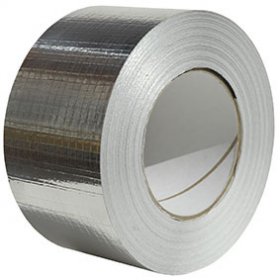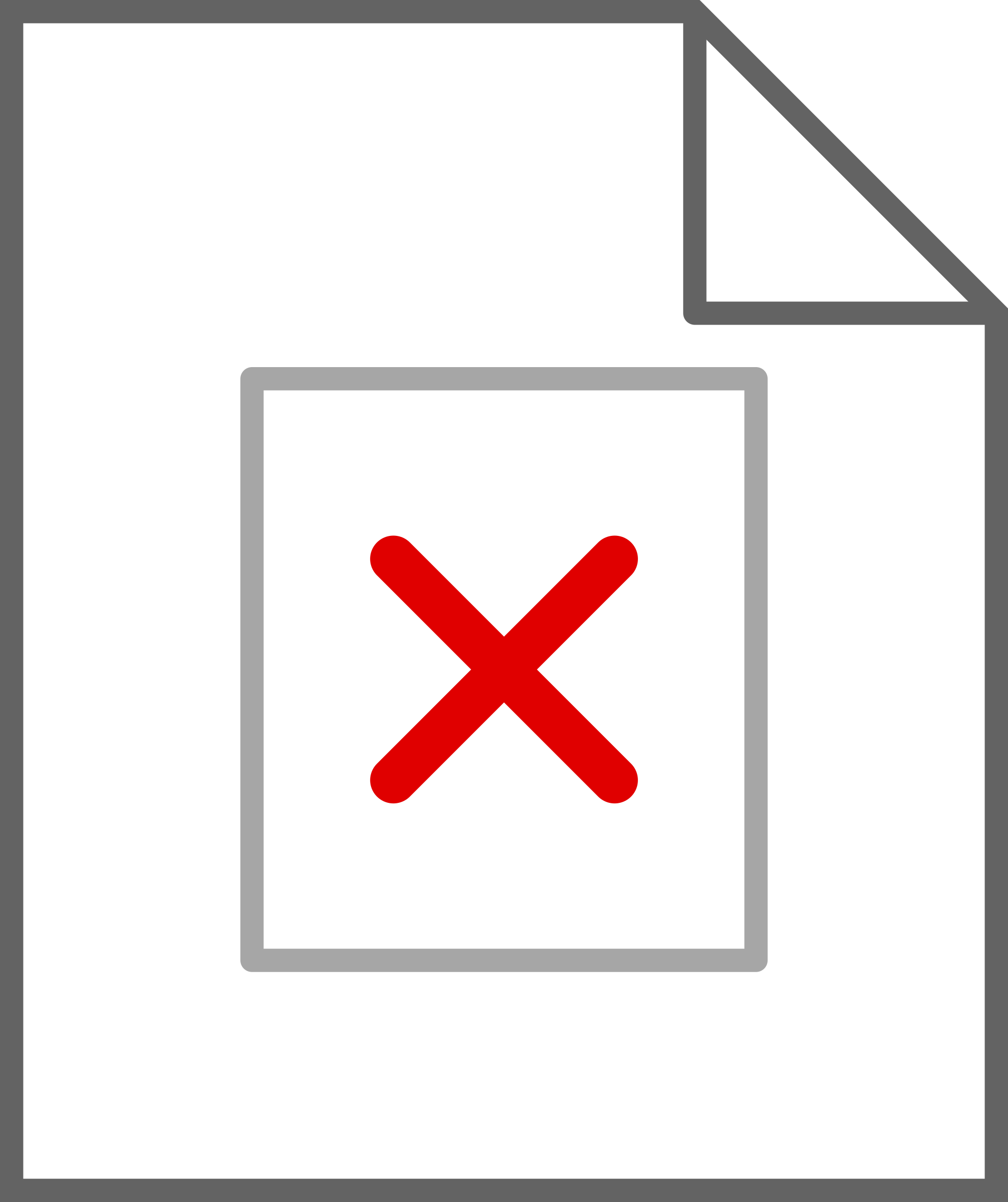It would have been nice if they came up with something shorter like .lan.
Oh, that’s LAN - I thought you’d put ian and I was trying to get the joke. Stupid sans-serif fonts.
Use it anyway.
You go to networking jail for that.
Fuck, I’ve been using .hole, is that also illegal?
Shit, let’s hope the ICANN cops don’t find me out then… I’ve been using it for years!
“I hereby sentence you to two years on your own VLAN with no gateway”
“Please Mr. Router, mercy!”
iptables -I APPEALS -j DROP
It should be reserved for sex toys.
Just saying.
Sorry. I chose .local and I’m sticking to it.
I switched from .local to .honk and I’m never looking back.
Fucking GENIUS.
I don’t get it.
I went with .home and so far the problems are within reason
I’m using .home and have not had any issues. Would you mind sharing what problems you’ve come across so I know what to expect?
The main problem I have is waking up in the middle of the night worrying that ICANN pulled some more stupid corrupt bullshit that only makes networking worse and breaks my config.
Just look elsewhere in this thread: someone thinks that using .honk as a joke is safe. But what about .horse? .baby? .barefoot? .cool? (I stopped scrolling through the list at this point but you can see how arbitrary and idiotic things have become.)
I still haven’t heard a convincing argument to not use .local and I see no reason to stop.
Mainly conflicts with mDNS. However it’s shitty IMHO that the mDNS spec snarfed a domain already in widespread use, should have used .mDNS or similar.
Tell me you don’t share a net with Macs without using those words.
.local is already used by mDNS/Zeroconf.
You mean mDNS/Zeroconf are using a tld that was already being used.
Acronyms, initialisms, abbreviations, contractions, and other phrases which expand to something larger, that I’ve seen in this thread:
Fewer Letters More Letters CA (SSL) Certificate Authority DNS Domain Name Service/System HTTP Hypertext Transfer Protocol, the Web HTTPS HTTP over SSL IP Internet Protocol SSL Secure Sockets Layer, for transparent encryption TLS Transport Layer Security, supersedes SSL VPN Virtual Private Network
6 acronyms in this thread; the most compressed thread commented on today has 6 acronyms.
[Thread #910 for this sub, first seen 8th Aug 2024, 09:05] [FAQ] [Full list] [Contact] [Source code]
Browsers barf at non https now. What are we supposed to do about certificates?
If you mean properly signed certificates (as opposed to self-signed) you’ll need a domain name, and you’ll need your LAN DNS server to resolve a made-up subdomain like
lan.domain.com. With that you can get a wildcard Let’s Encrypt certificate for*.lan.domain.comand all yourhttps://whatever.lan.domain.comURLs will work normally in any browser (for as long as you’re on the LAN).Right, main point of my comment is that .internal is harder to use that it immediately sounds. I don’t even know how to install a new CA root into Android Firefox. Maybe there is a way to do it, but it is pretty limited compared to the desktop version.
You do not have to install a root CA if you use let’s encrypt, their root certificate is trusted by any system and your requested wildcard Certificate is trusted via chain of trust
That’s if you have a regular domain instead of.internal unless I’m mixing something. Topic of thread is .internal as if it were something new. Using a regular domain and public CA has always been possible.
Why do I care what ICANN says I can do on my own network? It’s my network, I do what I want.
Try using .com for your internal network and watch the problems arise. Their choice to reserve .internal helps people avoid fqdn collisions.
Well as long as the TLD isn’t used by anyone it should work internally regardless of what ICANN says, especially if I add it to etc/hosts
German router and network products company AVM learned the hard way that this is a bad idea. They use fritz.box for their router interface page and it was great until tld .box became publicly available and somebody registered fritz.box.
Having a reserved local/internal only tld is really great to prevent such issues.
Sure, you can do whatever you want. You could even use non-rfc1918 addresses and nobody can stop you. It’s just not always a great idea for your own network’s functionality and security. You can use an unregistered TLD if you want, but it’s worth knowing that when people and companies did that in the past, and the TLD was later registered, things didn’t turn out well for them. You wouldn’t expect .foo to be a TLD, right? And it wasn’t, until it was.
The value of the DNS is that we all use the same one. You can declare independence, but you’d lose out on that value.
I will stick with .lan











